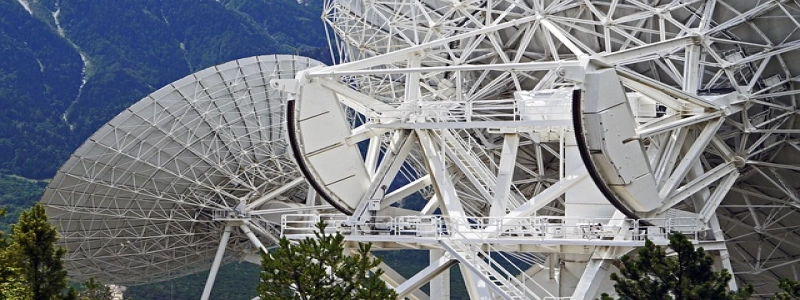What Does 10/100 Ethernet Mean?
Introducere:
Ethernet has become the standard technology for local area networks (LANs) and is widely used to connect devices such as computers, printers, and routers. When it comes to Ethernet, you might have come across the terms \”10/100 Ethernet\” or \”10/100 Mbps Ethernet.\” In this article, we will delve into what these terms mean and how they are relevant to network speeds.
Title 1: Understanding Ethernet:
1.1 What is Ethernet?
Ethernet is a widely-used networking technology that allows devices to connect and communicate over a LAN. It uses a system of wired connections, establishing a physical connection between devices through cables and connectors.
Title 2: Decoding the Terminology:
2.1 Mbps vs. Gbps:
Mbps (Megabits per second) and Gbps (Gigabits per second) are units used to measure data transfer rates over a network. Mbps is the smaller unit, equivalent to one million bits per second, while Gbps represents one billion bits per second.
Title 3: What Does 10/100 Ethernet Mean?
3.1 Common Network Speeds:
Ethernet networks come in various speeds, ranging from 10 Mbps to 100 Gbps. The two network speeds mentioned in the title, 10/100, refer to the maximum data transfer rates supported by a particular Ethernet network.
3.2 10 Mbps Ethernet:
A 10 Mbps Ethernet connection allows for a maximum data transfer rate of 10 million bits per second. This speed was popular in the early days of Ethernet but has become relatively slow compared to modern standards.
3.3 100 Mbps Ethernet:
With advancements in technology, Ethernet networks now commonly support speeds of 100 Mbps. This means that data can be transferred at a rate of 100 million bits per second, which is ten times faster than the 10 Mbps standard.
Title 4: Implications and Use Cases:
4.1 Choosing the Right Ethernet Speed:
When setting up a network, it is essential to consider the specific requirements of your devices and the anticipated usage. Choosing the appropriate Ethernet speed ensures optimal performance and avoids bottlenecks in data transfer.
4.2 10/100 Ethernet in Practice:
The 10/100 Ethernet standard is often seen in older or less-demanding networks. It is suitable for small to medium-sized businesses or home environments where data transfer demands are not overly high, such as basic internet browsing, e-mail, and file sharing.
Title 5: The Evolution of Ethernet Speeds:
5.1 Gigabit Ethernet (1000 Mbps):
As technology continues to advance, Ethernet speeds have skyrocketed. The most popular high-speed Ethernet standard has become Gigabit Ethernet, denoted as 1000 Mbps. Gigabit Ethernet provides ten times the speed of 100 Mbps Ethernet and is widely used in modern networks.
5.2 Beyond Gigabit Ethernet:
In recent years, there have been further advancements in Ethernet speeds, with standards such as 10 Gbps, 40 Gbps, and 100 Gbps being introduced. These higher speeds are typically utilized in large enterprises, data centers, or specialized applications that demand exceptional network performance.
Concluzie:
Understanding the terminology associated with Ethernet is essential when setting up or expanding a network. The 10/100 Ethernet standard refers to the maximum data transfer rates supported, with 10 Mbps being the older and slower speed and 100 Mbps being more common today. As technology continues to evolve, higher Ethernet speeds are becoming the new norm, enabling faster data transfer and improved network performance.








